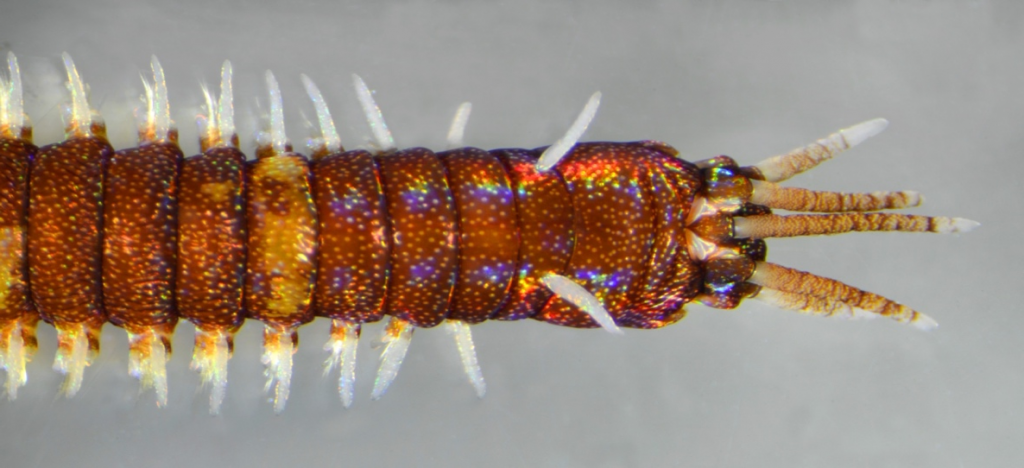
By Isabel C. Molina-Acevedo
All my scientific career, I should say, has been related to the sea and its biodiversity. Considering that many marine researchers are more attracted to studying charismatic species, such as turtles, fishes, dolphins and whales, I decided to go for one of the most misunderstood and barely-studied groups of marine invertebrates, the bristle worms, also known as polychaetes. Luckily, this seems to be a wise decision since it has allowed me to study the worm’s diversity from different worldwide regions, including the Mediterranean Sea, the Caribbean Sea, and the Mexican Pacific, but now on the most outstanding part of the South China Sea.
My experience in Malaysia has been incredible, even though the Covid-19 pandemic has not allowed me to explore the majestic seas as I really wish. I have had the opportunity to visit three Islands (Bidong, Redang and Perhentian) in the east of the Peninsula to study the marine invertebrates’ community, but particularly polychaetes, associated with the coral rubble. When this scientific adventure started, I did not imagine finding such a breathtaking place! The water is so clear and with different blue shades that it immediately incites to dive in and discover its depths. The vast composition of colours and shapes stood out first! But, of course, the best moments for a marine biologist starts when looking at the magnificent coral reefs and their hidden but extremely rich biodiversity. During the sorting, it is common to observe plenty of macroinvertebrates, such as polychaetes (in the first place), crustaceans, molluscs, echinoderms, sea squirts, bryozoans and sponges as part of the coral rubble composition. Many of the species were uncommon for me, or even some forms were rare, such as the long, worm-like sea cucumbers living among the corals or the puffy cushion star. A smile on my face was always drawn at each dive and after it while examining the material.

All the collecting expeditions were successful, and the Polychaeta team of INOS obtained valuable samples. We have found a vast diversity to the extent that several families are recorded for the first time in Malaysia. Many were identified as undescribed species that remain named, or even interesting ecological interactions between polychaetes and sea cucumber were detected. The above has led us to wonder what else is unknown regarding the polychaete fauna in this seemingly underexplored region. This is a fact that must be addressed soon in the looming and aptly-named sixth mass extinction of the species. We are doing our part to shed light on Malaysia’s extraordinary marine world, but still, hard work remains to be undertaken.


